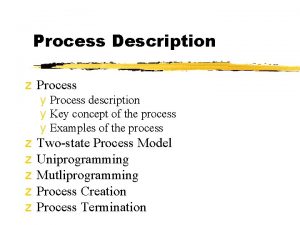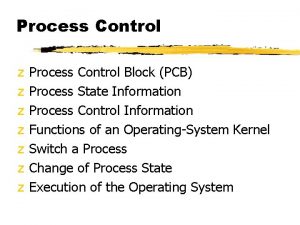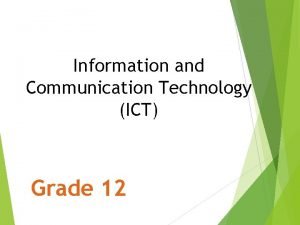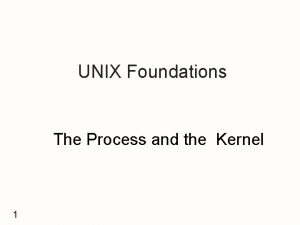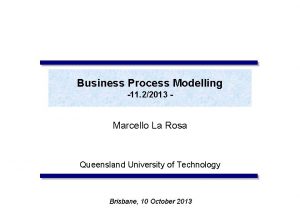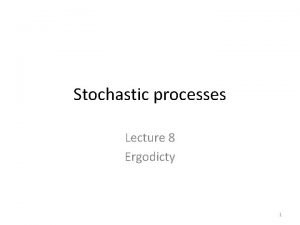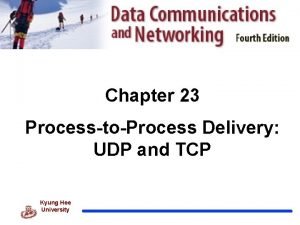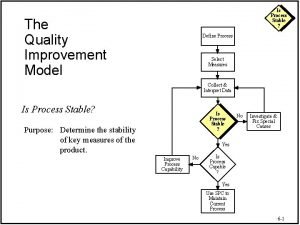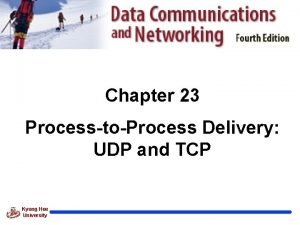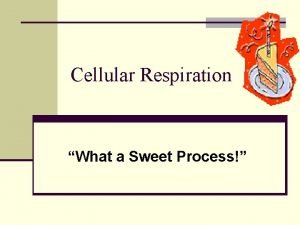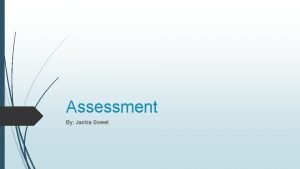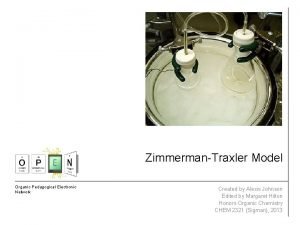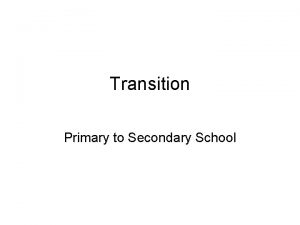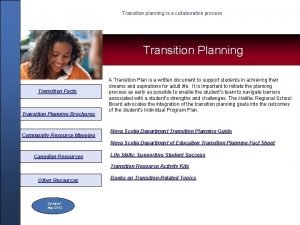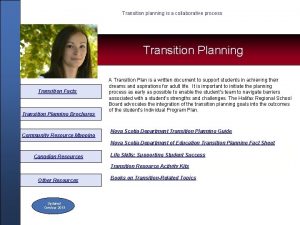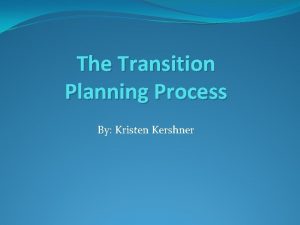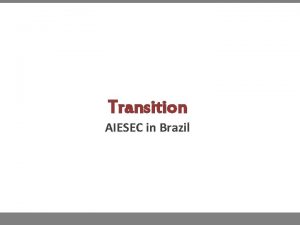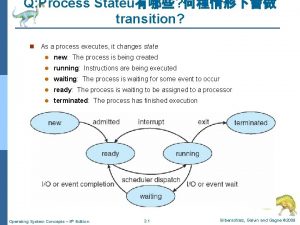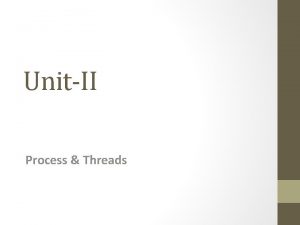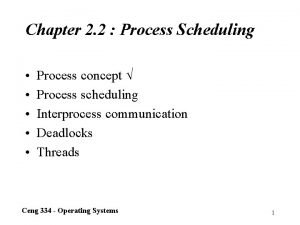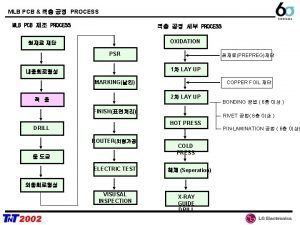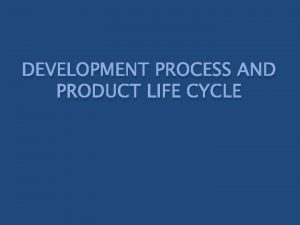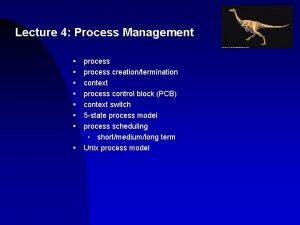Transition Process What is Transition Transition is a
















- Slides: 16

Transition Process

What is Transition? �Transition is a formal process of long-range cooperative planning that will assist students with disabilities to move from school to the adult world. �EDUCATION CANNOT DO IT ALONE! �All parties must be involved to be successful: Students (age 14 and older) Parents Teachers and educators (CST, PT and OT, Speech, etc. ) Employers (if applicable) Other Agencies ( if applicable)

Requirements at Age 14 �Transition begins at age 14: IDEA (Individuals with Disabilities Education Act) � Beginning with the IEP in place for the school year when the student will turn age 14, or younger if determined appropriate by the IEP team, one of the components that must be included in the IEP are strategies and/or activities that are consistent with the student’s STRENGTHS, INTERESTS, PREFERENCES, and are intended to assist the student in developing or attaining post secondary goals.

Requirements at Age 16 �Transition at age 16: IDEA (Individuals with Disabilities Education Act) � Beginning with the IEP in place for the school year when the student will turn age 16, or younger if determined appropriate by the IEP team, the IEP must include a statement of transition services. � Focused on improving academic and functional achievement � Includes school to post-school activities, post-secondary education, vocational education, integrated employment, continuing and adult education, adult services, independent living, as well as community participation �This does not replace services (beginning at the age of 14), but builds upon it.

Interests, Strengths, Preferences? � Transition Assessments are essential to document this information, so the goals in the IEP are accurate and individualized. Community-Based Instruction Person Futures Planning MAPs � It is important to recognize that we learn best from a variety of assessment tools, and some work better with some students than others. � We can acquire this information from everyone that knows the student best, but don’t forget to talk to the student!

Community-Based Instruction �Ultimately, if you are considering transition services for your child, you are open to including your student in the community �Allowing for job opportunities that meet the students strengths and interests in the community is a great way to include these children �Video: http: //www. state. nj. us/education/specialed/transiti on/CBIVideo. shtml

Soft Skills • Social skills hold a large importance in schools, and students who are looking into transition services have a way of increasing their social schools for the workplace • “Soft Skills” refers to a workforce program that prepare youth with and without disabilities skills

Soft Skills � Implemented in and out of school environments � Includes: hands-on, engaging activities focused on particular skills in communication, enthusiasm and attitude, teamwork, networking, problem solving and critical thinking, and professionalism

Personal Futures Planning • • • In order to include students in different assessments to help prepare them for further services that they may be interested in, a Personal Futures Planning Program has been created This program is a way to get to know individuals who have a disability, along with their families Approach to assist individuals with disabilities & their families to plan positive futures

Personal Futures Planning �Brings people together �Used many different tools to gather and share information �Goals are to increase community presence, increase community participation, enhance dignity, promote choice making, & to support contributions �Tools include: MAPS, PATH, Positive Student/ individual Profile, Career/ Vocational Assessments, Circle of Support/Friends, Portfolios, & Action Plans

Example: MAPS �Allows for inclusion of individuals into peer- references activities & routines �Brings people/peers together �Includes simple language and can be very creative and fun �Broken down activity in different ways to create a final product that allows for the teacher & students to get to know the students and their strengths & weaknesses


Services & IEP �When transition services are being brought up within an IEP, that student has the right for full participation in the meeting. It is important they are prepared to be involved. �If the student does not attend the meeting, the Board of Education within that child’s district MUST should make sure that the student’s interests and preferences are still taken into account when setting up the services �When appropriate, and with consent of parents and child, agency must attend the IEP meeting to help with payments

Services & IEP �Three years prior to the student turning 18, a statement must be made that includes both the parents and the student. They both must understand when the plan is for the student to graduate �When a student graduates or reaches the age of 21, a written summary of the academic achievement and functional performance, along with recommendations in meeting postsecondary goals MUST be given

Division of Vocational Rehabilitation Services �Consultation by the DVRS must be considered when child turns 14 �DVRS and other agencies provides many different types of services for student �Provides services that are individual to the student in order to prepare for employment based off of strengths, priorities, needs, abilities, and capabilities. �Services: Vocational assessment, counseling and guidance, job placement assistance, education and vocational training, and other services.

Finally, how do you prepare for meeting? �At an IEP where transition services are going to be discussed, you must bring yourself and your child, along with an understanding of what will be going on �In order to prepare yourself further, this website includes different letters/forms you can fill out to help in the process �This website is a great way to include you as parents and to collaborate between the teacher, student, and the family �http: //www. p 12. nysed. gov/specialed/publications/transi tion/guideapx. htm#B �http: //www. nj. gov/education/specialed/
 Process y
Process y Explain the process control block
Explain the process control block Seven state process transition diagram
Seven state process transition diagram Uuuuu77
Uuuuu77 Bones practical exam
Bones practical exam Procedural vs substantive due process
Procedural vs substantive due process Business process levels
Business process levels Ergodicty
Ergodicty What is process to process delivery
What is process to process delivery Coronoid and condylar process
Coronoid and condylar process Minitab
Minitab Process-to-process delivery
Process-to-process delivery Process street vs sweet process
Process street vs sweet process Summative and subjective assessment
Summative and subjective assessment Zimmerman-traxler
Zimmerman-traxler How to conclude a philosophy paper
How to conclude a philosophy paper 12 neutrons metallic 11 electrons
12 neutrons metallic 11 electrons
